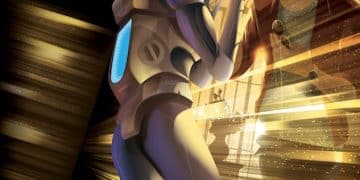Unveiling the Best Manga Review Practices in 2025
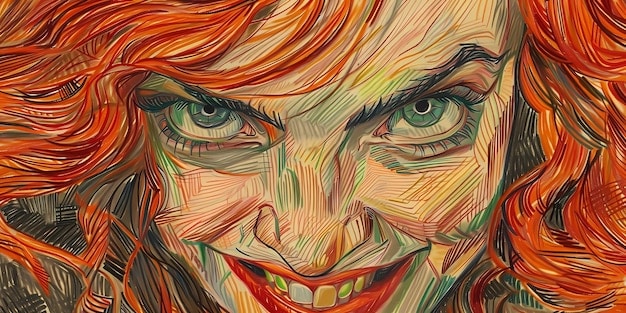
Manga reviews are critical for guiding readers to exceptional stories, offering detailed analysis, genre insights, and artwork assessments to inform their purchasing and reading decisions in the evolving manga landscape of 2025.
Navigating the vast world of manga can be daunting. That’s where effective manga reviews come in, serving as essential guides for both seasoned readers and newcomers eager to discover captivating stories and exceptional artwork. This is your guide for write a compelling manga review.
What Makes a Great Manga Review?
Writing a compelling manga review involves more than just summarizing the plot. It requires a deep understanding of the medium, an appreciation for artistic expression, and the ability to articulate your thoughts in a clear and engaging manner. Let’s break down the key components that elevate a good manga review to a great one.
Understanding Your Audience
Before you start writing, consider who you’re writing for. Are you targeting newcomers to the manga world, or seasoned readers looking for in-depth analysis? Tailoring your language and references to your audience will make your review more effective.
Balancing Summary and Analysis
A good review strikes a balance between summarizing the plot and offering insightful analysis. Give readers enough information to understand the story without spoiling key plot points. Then, delve into what makes the manga unique, whether it’s the character development, the art style, or the themes explored.

- Plot Summary without Spoilers: Provide a concise overview of the story’s premise, setting the stage for your analysis without revealing crucial plot twists.
- Character Analysis: Discuss the main characters, their motivations, and their development throughout the story. Are they relatable? Well-developed? Memorable?
- Artistic Style: Describe the art style, noting its strengths and weaknesses. How does it contribute to the overall storytelling? Is it unique or reminiscent of other manga artists?
- Themes and Messages: Identify the underlying themes and messages explored in the manga. What is the author trying to say? How effectively do they convey these ideas?
A great manga review is one that provides a comprehensive overview of the work, combining informative elements with insightful analysis. By understanding your audience, balancing summary with analysis, and covering key aspects such as plot, characters, art, and themes, you can craft reviews that are both informative and engaging.
Analyzing the Plot and Storytelling
The plot and storytelling are the backbone of any manga. A thorough analysis should explore the narrative structure, pacing, and originality of the story. Let’s delve into how to dissect these elements effectively.
Narrative Structure
Examine how the story is structured. Is it linear or non-linear? Does it use flashbacks or foreshadowing effectively? A well-structured narrative keeps readers engaged and invested.
Pacing and Flow
Assess the pacing of the story. Does it move too quickly or too slowly? Does it maintain a consistent flow, or are there abrupt changes in tone or direction? Effective pacing keeps the reader hooked from beginning to end.
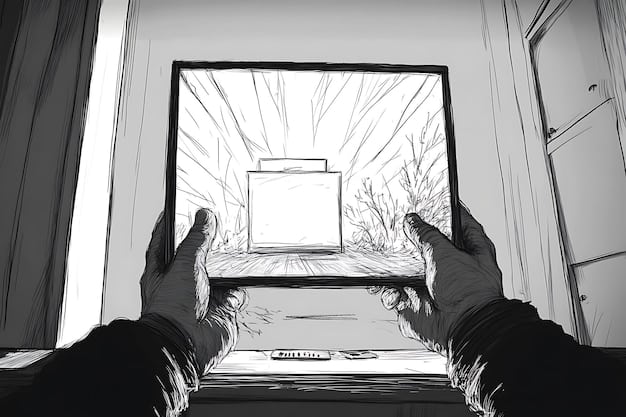
Originality and Uniqueness
Evaluate the originality of the story. Does it offer a fresh take on familiar tropes, or does it feel derivative? Unique and innovative stories stand out in a crowded market.
- Identifying Clichés: Point out any overused tropes or clichés, but also consider how the author subverts or reinvents them.
- Analyzing Plot Twists: Discuss the effectiveness of plot twists, whether they are surprising, satisfying, or predictable.
- Examining World-Building: If the manga is set in a fictional world, assess the depth and consistency of the world-building.
By carefully analyzing the narrative structure, pacing, and originality of the manga, you can provide readers with a comprehensive understanding of its strengths and weaknesses. Great storytelling is marked by a balance of originality, pacing, and a cohesive narrative structure.
Evaluating Character Development
Characters are the heart of any good manga. Evaluating their development is crucial to understanding the story’s emotional impact and overall effectiveness. Strong characters drive the narrative and resonate with readers.
Depth and Complexity
Assess the depth and complexity of the main characters. Are they well-rounded individuals with flaws and strengths, or are they one-dimensional archetypes? Complex characters are more relatable and engaging.
Motivations and Goals
Examine the characters’ motivations and goals. What drives them? Are their actions believable and consistent with their personalities? Clear motivations make characters more understandable and relatable.
Character Arcs
Analyze the characters’ arcs throughout the story. Do they grow and change over time? Do they learn from their experiences? Meaningful character arcs add depth and emotional weight to the narrative.
- Protagonist Analysis: Assess the protagonist’s journey, challenges, and ultimate transformation.
- Antagonist Evaluation: Examine the antagonist’s motivations and how they drive the conflict in the story.
- Supporting Characters: Discuss the role of supporting characters and how they contribute to the main characters’ development and the overall plot.
Great character development is a hallmark of successful manga. By considering these elements, you can provide a thorough evaluation of the characters’ strengths and impact on the story.
Assessing the Art and Visuals
The art and visuals in manga are integral to the storytelling process. A detailed assessment should consider the style, composition, and use of visual techniques. Artwork in manga enhances the storytelling and engages readers visually.
Art Style and Technique
Describe the art style, noting its distinctive features. Is it realistic, stylized, or somewhere in between? How does the artist use line work, shading, and perspective to create a visual atmosphere?
Panel Layout and Composition
Evaluate the panel layout and composition. How does the artist guide the reader’s eye through the page? Are the panels dynamic and engaging, or static and repetitive?
Visual Storytelling
Analyze how the artist uses visuals to tell the story. Do they rely on detailed backgrounds to create a sense of place, or do they focus on character expressions to convey emotion? Effective visual storytelling enhances the narrative.
- Character Design: Discuss how the character designs reflect their personalities and roles in the story.
- Backgrounds and Settings: Assess the level of detail and atmosphere in the backgrounds and settings.
- Action Sequences: Evaluate the clarity and dynamism of the action sequences.
By considering these elements, you can provide a comprehensive evaluation of the art and visuals in manga. The art style, panel layout, and visual storytelling all contribute to the overall impact of the manga.
Considering Cultural and Thematic Elements
Many manga explore cultural and thematic elements that add depth and meaning to the story. A thoughtful review should consider these aspects and their impact on the reader. Cultural and thematic depth enhances the story and provokes thought.
Cultural Context
Examine the cultural context of the manga. Does it draw on specific aspects of Japanese culture, history, or mythology? How does this cultural context inform the story and its characters?
Thematic Exploration
Identify the underlying themes explored in the manga. Is it about love, loss, identity, or social justice? How does the author address these themes, and what messages do they convey?
Symbolism and Metaphors
Analyze the use of symbolism and metaphors in the manga. Are there recurring images or motifs that carry deeper meaning? How do these symbols enhance the story’s themes?
- Social Commentary: Discuss any social or political commentary present in the manga.
- Moral and Ethical Questions: Evaluate how the manga explores moral and ethical questions.
- Emotional Impact: Assess the emotional impact of the manga on the reader.
By exploring the cultural and thematic elements of manga, you can provide readers with a deeper understanding of the story’s significance and impact. Cultural and thematic depth enriches the reading experience and adds layers of meaning to the narrative.
Writing Your Review: Tips and Best Practices
Putting pen to paper (or fingers to keyboard) can be daunting. Here are some tips and best practices to help you craft a compelling and informative manga review. Effective writing enhances the impact of your review.
Start with a Hook
Grab the reader’s attention with a compelling opening. Start with an intriguing question, a bold statement, or a vivid description of the manga. A strong hook keeps readers engaged from the start.
Be Objective and Fair
Strive to be objective and fair in your assessment. Acknowledge the manga’s strengths and weaknesses, and support your opinions with evidence from the text. Objectivity maintains credibility.
Use Clear and Concise Language
Write in clear and concise language. Avoid jargon or overly complex sentence structures. Clarity enhances readability.
- Proofread and Edit: Always proofread and edit your review for errors in grammar, spelling, and punctuation.
- Seek Feedback: Ask a friend or fellow manga enthusiast to read your review and provide feedback.
- Stay Authentic: Write in your own voice and express your genuine opinions. Authenticity resonates with readers.
By following these tips and best practices, you can craft manga reviews that are informative, engaging, and valuable to readers. Combining clear writing with thoughtful analysis creates impactful reviews.
| Key Point | Brief Description |
|---|---|
| ✍️ Plot Analysis | Assess narrative structure, pacing, and originality. |
| 🎭 Character Depth | Evaluate complexity, motivations, and character arcs. |
| 🎨 Art & Visuals | Analyze art style, panel layout, and visual storytelling. |
| 🌍 Cultural Context | Consider cultural themes and their impact on the story. |
Frequently Asked Questions
▼
A good manga review balances plot summary with insightful analysis, covering character development, art style, and thematic elements. It should be clear, objective, and engaging for the reader.
▼
Focus on the premise, setting, and character introductions without revealing major plot twists or significant events. Give readers enough context to understand the review without ruining the story.
▼
Discuss the art style, panel layout, character designs, and how the visuals contribute to the storytelling. Note the use of line work, shading, and perspective to create a visual atmosphere.
▼
Considering cultural context is crucial as it adds depth and meaning to the story. Examine any cultural, historical, or mythological elements that inform the plot and characters in the manga.
▼
Avoid being overly subjective, using jargon, and neglecting to proofread. Ensure your review is balanced, clear, and free of errors to maintain credibility and engage your audience effectively.
Conclusion
Crafting an effective manga review involves a blend of insightful analysis, objective evaluation, and clear communication, offering readers valuable guidance in their manga journey.

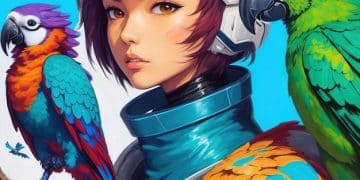
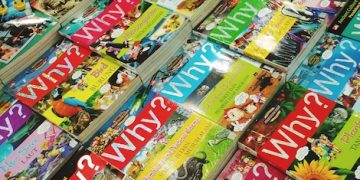
![Unveiling [Manga Title]: A Deep Dive Review Unveiling [Manga Title]: A Deep Dive Review - Cover Image](https://shonennews.com/wp-content/uploads/2025/06/shonennews.com_4_1750751432_c2055ba4_cover-360x180.jpg)
